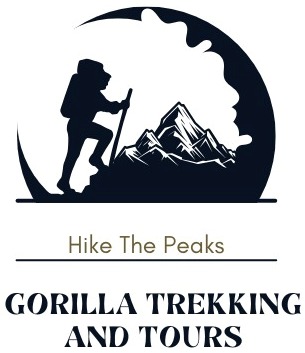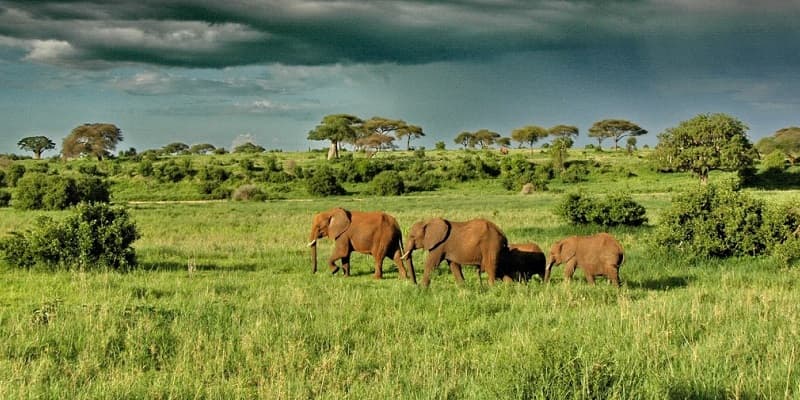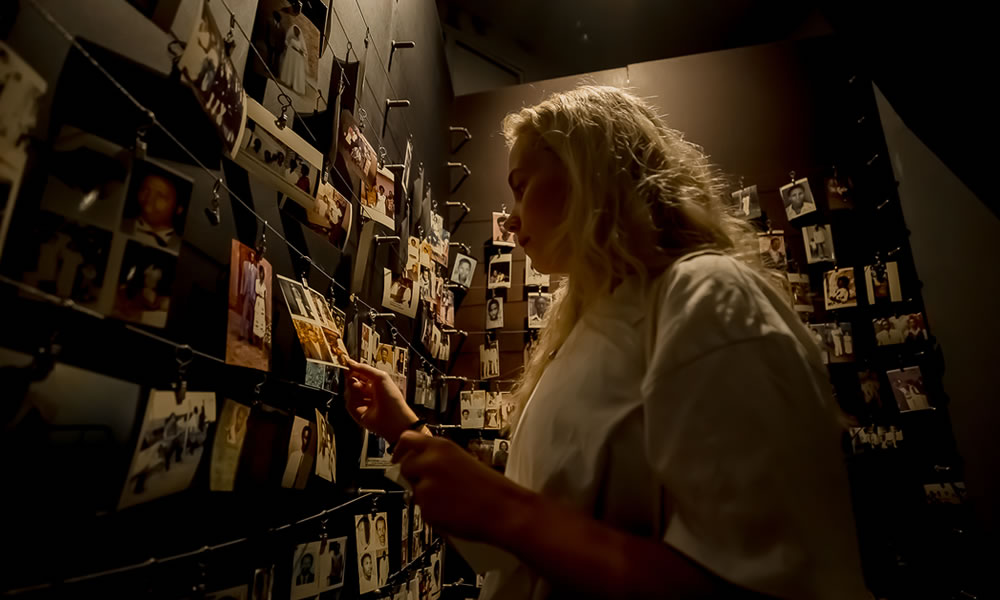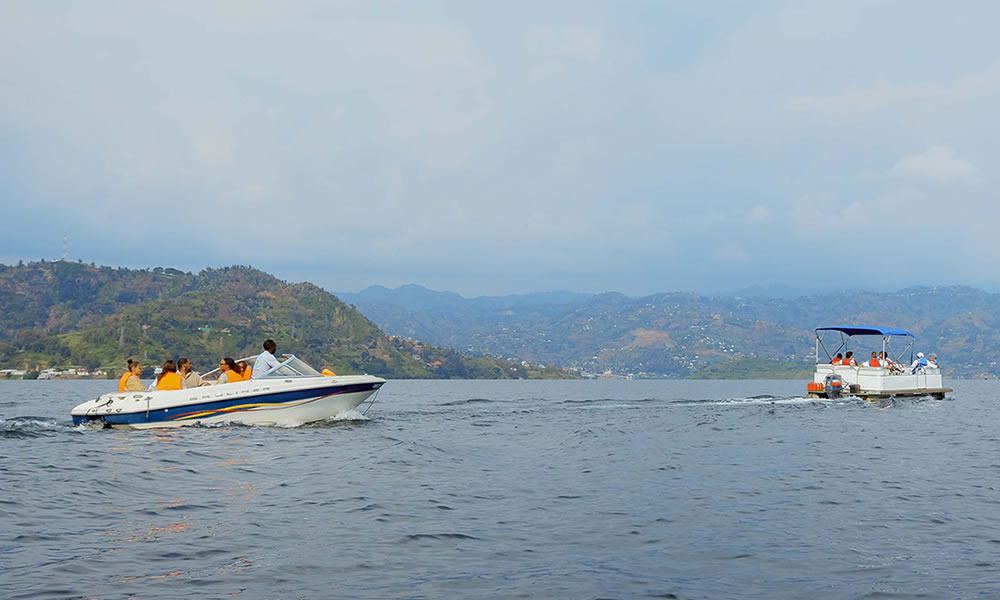Major Tourist Attractions in Rwanda
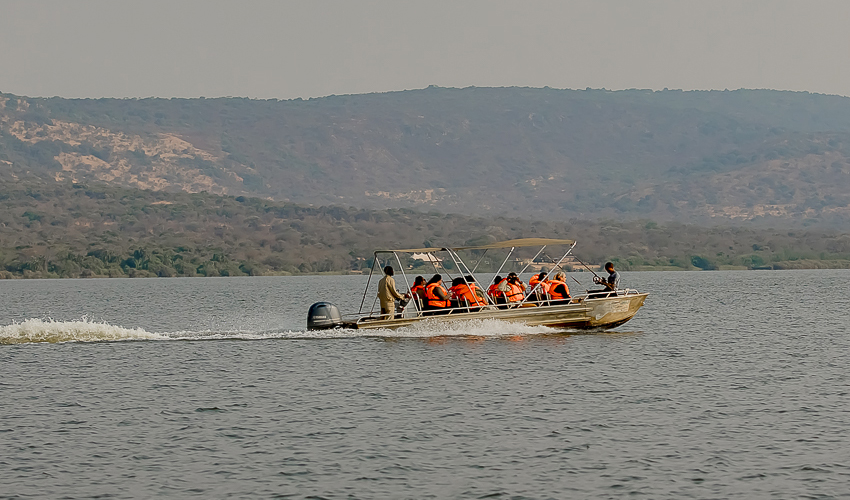
Rwanda is blessed with diverse landscapes and uncountable hills, earning it the nickname “Land of a Thousand Hills” throughout the world. Landlocked but stunning and varied, with intriguing cultures, a singular history, biodiversity, people, action-packed, exhilarating National Parks, and excellent adventure destinations that have been around since the country’s founding, Explore the many tourist attractions in Rwanda, one of the most fascinating and varied nations in Africa, featuring unique mixes of so many natural treasures that will leave you utterly bewildered! Rwanda offers a wide range of tourist attractions, including fascinating wildlife, breathtaking scenery, vibrant locals, hiking volcanoes, dark tourism due to the country’s troubled past, peaceful, developing cities like Kigali, Africa’s cleanest city, beaches on Lake Kivu, the country’s largest watershed, and many more that will help you choose which home travel destinations are worth seeing. Here are some of the major tourist attractions in Rwanda.
Volcanoes National Park
Drive time to the Volcanoes National Park is two hours, covering 116 kilometres via breathtaking highlands from Kigali. The gorilla trekking experience is the park’s high point. Visitors can spend an entire hour with the mountain gorillas, witnessing them play, eat, and marvel at their incredible size. One of just four parks in the world home to mountain gorillas, who are severely endangered, is Volcanoes National Park. The park’s verdant bamboo forests offer a striking backdrop for visitors hoping to have one of their most unforgettable wildlife encounters.
Nyungwe Forest National Park
One of the best tourist destinations in Rwanda is Nyungwe Forest National Park. Chimpanzee trekking is one of the park’s most well-known attractions. Because the chimps are rushing around, the experience is different from gorilla trekking in that sightings are more irregular and hurried. at addition, tourists can experience the thrilling tree-to-eye view of Nyungwe Forest by going on the canopy walk while they’re at the park. This is a good spot in Nyungwe Forest to see birds. Additionally, tourists may explore how tea is harvested and even sample the speciality by visiting the Gisovu and Gisakura Tea Factories.
Akagera National Park
A well-known African wildlife safari site is Akagera National Park. Numerous wild animals, like as lions, elephants, rhinos, giraffes, zebras, leopards, buffalos, antelopes, and hippos, can be seen in the park. In Rwanda, it’s a well-liked location for seeing baboons, crocodiles, and other primates. In addition to game drives, picturesque boat rides on Lake Ihema, sport fishing, bird watching tours, and escorted nature walks led by knowledgeable local guides, visitors to Akagera National Park can enjoy other animal viewing opportunities.
Kigali Genocide Memorial Center
The Genocide Memorial Centre in Kigali, the country’s capital, is definitely something you should see before leaving the city and visiting any of Rwanda’s well-known national parks. The remains of over 250,000 persons who were ruthlessly slaughtered by the Interahamwe (Hutu fanatics) are kept in Rwanda’s Museum Tourism activities. The centre is set up in three sections: one for adults, one for children died in the genocide, and a third for learning about genocides that have happened around the globe. You will discover a great deal about events leading up to, including, and including the 1994 genocide while visiting the site. You can listen to what the local guides have to say or see brief movies on the sad incident. Although visiting the exhibits can be an emotional experience, its primary goal is to educate people especially the next generation about the atrocities of genocides and ensure that they never occur again.
Kimironko Market
A easy method to get a sense of the lifestyle that people lead in a new place is to visit their primary market. Everyone shops at Kimironko Market for inexpensive fresh produce, meat, and fruits. A wide variety of items are on offer. Simply visiting the many stalls, customers pick what they desire. An expansion of the market focuses on high-quality used suits, purses, shoes, and clothing. Kimironko is the place to go if you’re looking for good local fabrics or Kitenge at a reasonable price.
Hotel des Mille Collines
The 2004 film “Hotel Rwanda” brought fame to this five-star establishment. Based on a true incident, the film tells the tale of a hotel manager who, during the 1994 genocide, concealed over 1200 individuals in hotel rooms. The hotel also accommodated diplomats, so for a while he was able to pull this off. In addition to its significance during the genocide, visitors like the upscale hotel for the high calibre of services it provides. It features 112 opulent rooms, a restaurant, a fitness centre, and a swimming pool. When you check into the hotel, you can add yourself to the list of people who have seen Rwanda’s most renowned hotel.
Musanze Caves
These historic caves are located outside of Volcanoes National Park in the Musanze area. 2013 saw the caves reopened to the public following restoration work that included the construction of paved walkways and staircases. The about two-kilometer-long Musanze caves were created by lava flows some 60 million years ago, with the formation of the East African Rift Valley. The main entrance is roughly 10 kilometres wide, and there are about 32 more entrances. The Musanze caves are a well-liked destination for adventure and geology enthusiasts. The Batwa pygmies and other local tribal groups used to hide out in the bat-filled caverns.
Lake Kivu
Rwanda’s largest body of water is Lake Kivu, which spans more than 2,700 square kilometres in surface area. It stretches all the way to the Democratic Republic of the Congo and is the sixth largest lake in Africa. Because of the lake’s stunning islands, resorts, and shorelines, visitors love exploring it. Swimming, bird watching, canoeing, kayaking, windsurfing, paddle boarding, and other water sports are all great at Lake Kivu. Bikers have the opportunity to explore the Rwandan countryside on a mountain bike or on foot thanks to the Congo Nile route, which was constructed along the lake’s edge. Lake Kivu is devoid of crocodiles and hippos.
Nyamirambo Women’s Center
Located in Kigali’s Nyamirambo area is this non-profit organisation. It was established to give women the training they need to start their own businesses or find profitable employment. The women at the centre receive instruction on how to make fine garments out of regional textiles. The women also make lovely beads, trinkets for the home, and other goods. For those interested in learning more about the lifestyle of the locals, the Nyamirambo Women’s Centre also arranges walking tours across the neighbourhood. Make sure you buy something to help the women when you visit this institution.
Gorilla Guardians Village
The Centre, formerly known as the Ibyiwacu Cultural Village, was established by Edwin Sabuhoro, a former Volcanoes National Park warden, to highlight the best aspects of Kinyarwanda culture and to provide repentant poachers jobs. Before starting to observe traditional dances, visitors are given a tour around the centre. Visitors to the Gorilla Guardians village can also pick up skills in cooking regional cuisine and hunting like the Batwa people. You might be asked to don traditional royal attire and get a taste of what it was like to lead a culture.
The King’s Palace Museum
The Museum at King’s Palace Nyanza is a beautifully constructed thatched house designed to resemble a beehive. Formerly, Nyanza served as Rwanda’s beating heart. Oral tradition states that it was also the site of disputes and power struggles. Before, King Rudahigwa Mutara III, who was succeeded by King Musinga Yuhi V, was the most recent monarch to reign Rwanda. Conflicts with Belgian invaders and the non-recognition of all tribal groupings led to the eventual dissolution of the kingdoms. Ancestors of the king’s herd, a few long-horned Inyambo cattle still exist. Their keepers, who carefully tend to them and sing to them in order to preserve a special custom, take good care of them. These beautiful cows were used extensively in kingly ceremonies. They were trained to follow the movements of a trainer in a stately march while listening to tunes and wearing pricey jewellery. Don’t forget to check out the nearby Huye Ethnographic Museum. It is the home of antiquities that date back more than 200 years and one of Africa’s top anthropological collections.
Coffee & Tea Plantations
Rwanda has many tea and coffee plantations spread throughout the country, particularly in the northern and western provinces. At the edges of Nyungwe Forest National Park, numerous tea plantations encircle the park on vast expanses of rolling slopes. Rwanda is also well-known throughout the world for producing the best tea and coffee, with tea being the nation’s top export and coffee winning international competitions. These plantation tours are taken by visitors either before or after their park activities, which usually turns their safaris into an authentic Rwandan encounter.
You can contact Gorilla Trekking and Tours for more information about the major tourist attractions in Rwanda and more fascinating discoveries that can make your trip to Rwanda a true natural wonder. The list of tourist attractions in Rwanda is virtually limitless when it comes to adventure and exploration in the country because it is diverse and rich in attractions.
